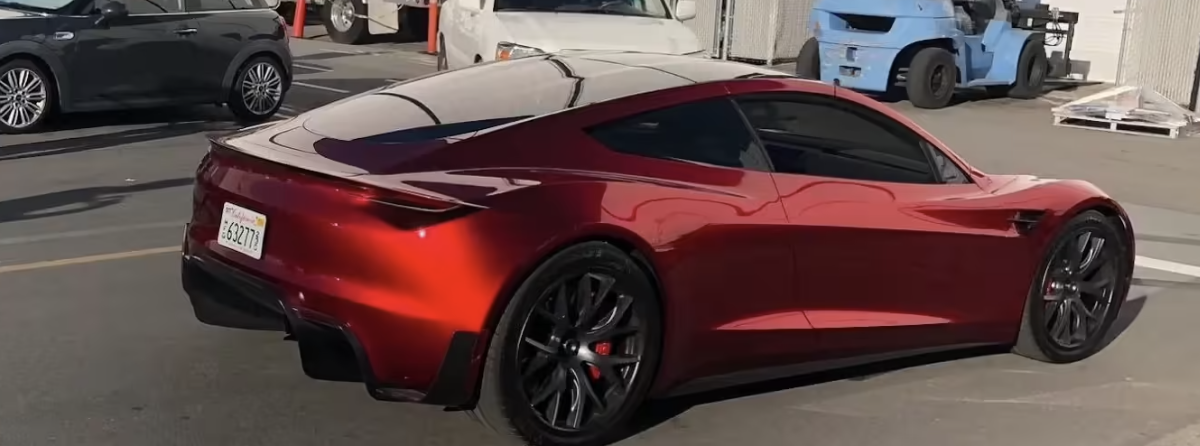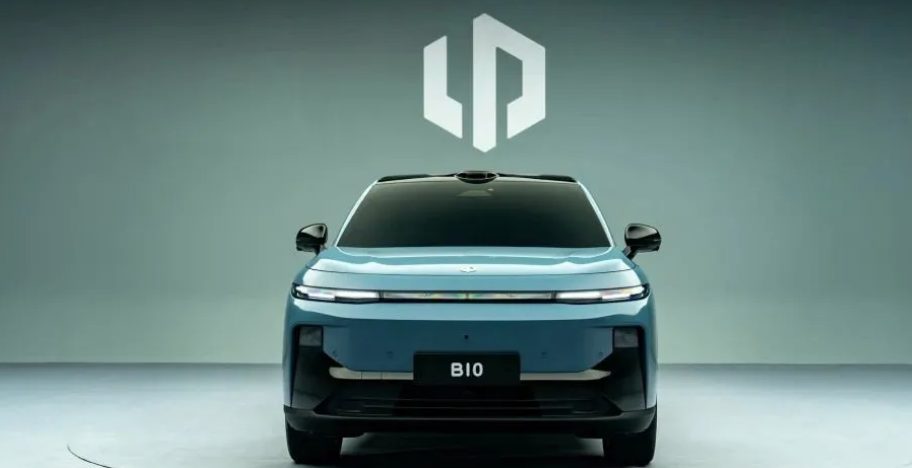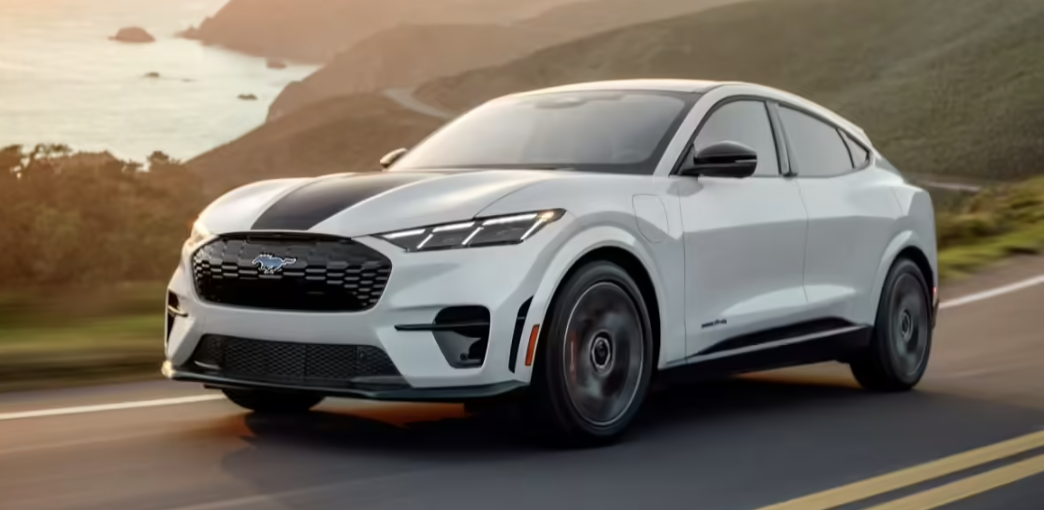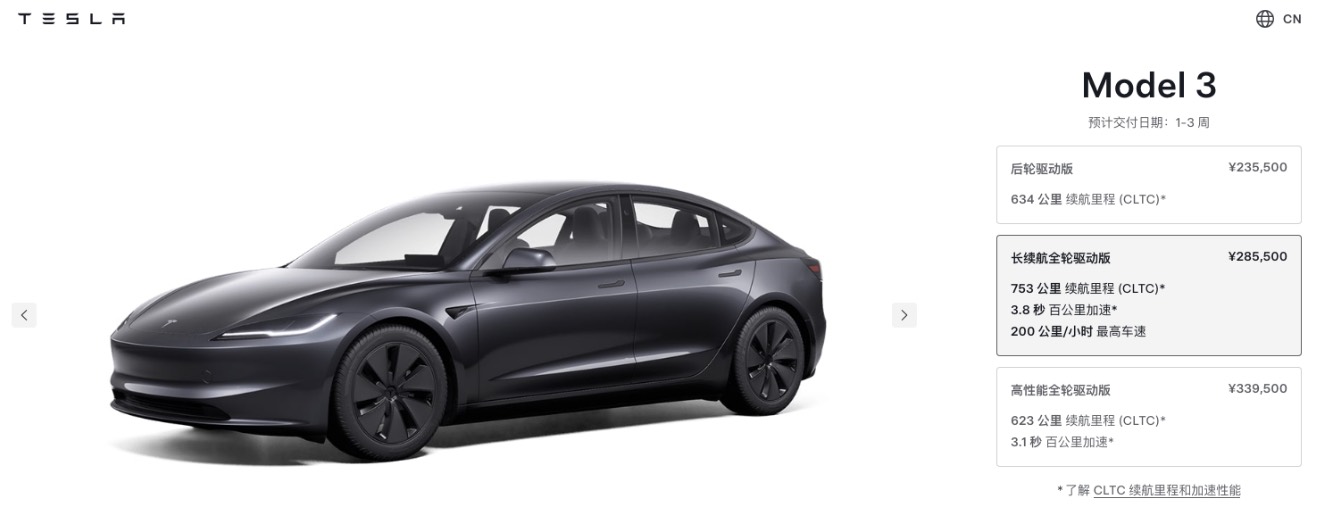On October 29, according to Tesla’s latest job postings, the company may be moving forward with preparations for the long-anticipated mass production of its next-generation Roadster sports car.
The prototype of this all-electric supercar was first unveiled in 2017, with production originally planned for 2020. However, the project has been repeatedly delayed and remains unproduced to this day. The prolonged postponement has become something of a running joke among Tesla fans — a classic example of CEO Elon Musk’s tendency to make bold promises about timelines that rarely materialize.
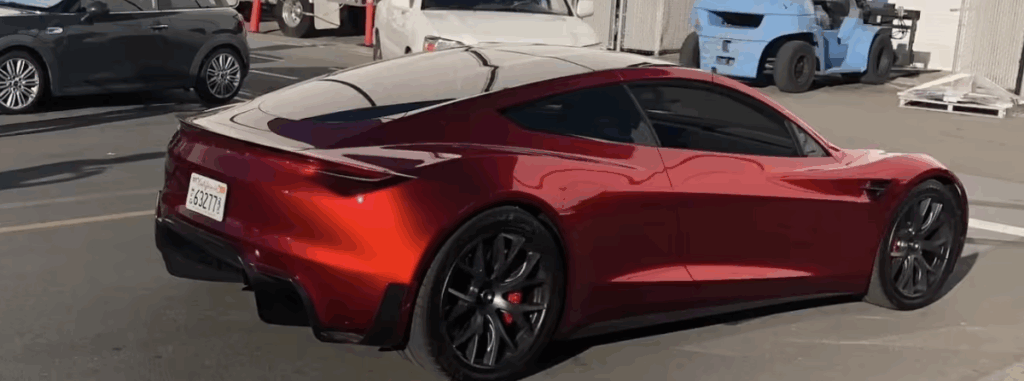
Since missing the original 2020 production target, Musk has revised the Roadster’s schedule six times, with none of those projections fulfilled. His most recent statement didn’t promise production but rather the unveiling of a new version of the Roadster — understandable, since the original prototype is now nearly a decade old. Throughout this year, Musk has reiterated that a new Roadster will be revealed by the end of 2025.
Earlier this week, Tesla posted a new job opening on its official website titled “Manufacturing Engineer, Roadster.” In the job description, Tesla notes that this position will focus on battery manufacturing equipment for the Roadster program:
“Tesla is seeking a Manufacturing Engineer to participate in the concept development and launch of battery manufacturing equipment for our cutting-edge Roadster vehicle. This role will oversee the process from early concept through equipment release, optimization, and eventual handover to local operations — covering large-scale manufacturing systems for new battery products and architectures. Battery technology is at the core of Tesla, and this position presents a rare opportunity to tackle critical challenges in the early development stages of the all-new Roadster platform.”
This job listing strongly suggests that Tesla is beginning to establish a manufacturing framework for the Roadster’s eventual production. However, since the work described is still at an early development stage, even under optimistic scenarios, mass production is unlikely before late 2026, with industry analysts widely believing that 2027 is a more realistic timeline.
In Tesla’s latest annual production capacity chart, the Roadster project remains categorized under “Design Development”, and its production site is still listed as “To Be Determined.”
Interestingly, the new engineering position specifies a work location in Fremont, California, hinting that Tesla may plan to build the Roadster at its Fremont factory.
When first announced in 2017, the next-generation Roadster boasted a range of up to 620 miles (about 1,000 km) and 0–60 mph (0–96 km/h) acceleration in just 1.9 seconds — numbers that stunned the industry. The base model was priced at $200,000, with a limited Founder’s Series priced at $250,000.
At that time, Tesla even used the Roadster as the top-tier reward in its referral program to drive sales growth. Records show that dozens of Tesla owners earned the right to receive a Roadster for free or at a steep discount by referring large numbers of new customers — with some reportedly qualifying for multiple free vehicles.
For this reason, some analysts speculate that Tesla’s hesitation to start production may be partly financial: once the Roadster goes into production, the company would have to deliver over 30 free cars and hundreds of heavily discounted units, creating a notable cost burden.
Others argue that the technological evolution of the vehicle itself has caused much of the delay. Shortly after the original 2017 debut, Musk proposed adding cold-air thrusters to the car to achieve unprecedented track performance — possibly even allowing the vehicle to “hover” briefly above the ground.
In recent years, Musk has continued to tease demonstrations of the Roadster’s potential flying capability, further fueling public imagination about its futuristic design. However, as of now, these ideas remain purely conceptual, and the Roadster’s path to production is still long, uncertain, and filled with challenges.
